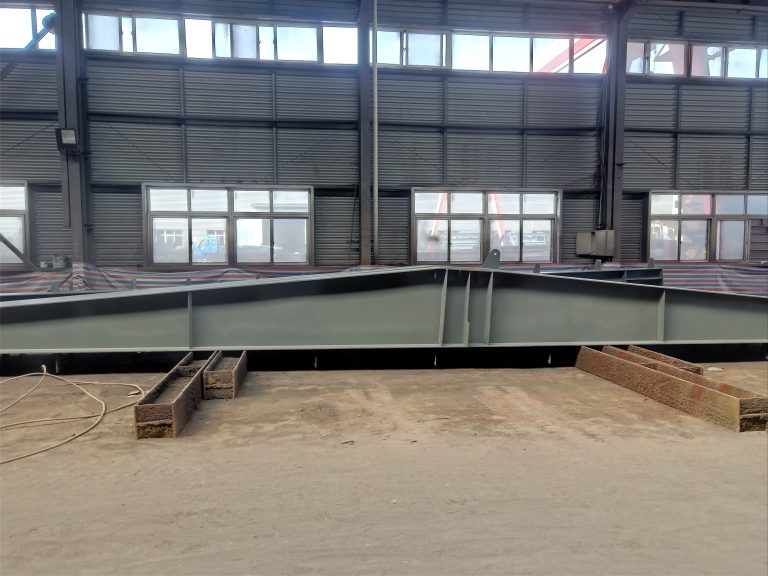Table of Contents
Sustainable Materials for Building Container Houses in Outdoor Campsites
Container houses have become a popular choice for outdoor campsites due to their eco-friendly design and sustainable materials. These unique structures offer a blend of functionality and aesthetics, making them an ideal choice for those looking to minimize their environmental impact while enjoying the great outdoors.
One of the key features of container houses is their use of sustainable materials. These structures are typically made from recycled shipping containers, which are repurposed into living spaces. By using these containers, campsite owners can reduce the amount of waste going into landfills and minimize the need for new construction materials.
In addition to using recycled materials, container houses are also designed to be energy-efficient. Many of these structures are equipped with solar panels, which harness the power of the sun to generate electricity. This renewable energy source helps to reduce the carbon footprint of the campsite and lower energy costs in the long run.

Furthermore, container houses are often designed with passive heating and cooling systems in mind. By strategically placing windows and insulation, these structures can take advantage of natural light and ventilation to maintain a comfortable temperature without the need for excessive heating or cooling. This not only reduces energy consumption but also creates a more sustainable living environment for campers.
Another benefit of container houses is their modular design, which allows for easy expansion and customization. Campsite owners can add on additional containers as needed, creating a flexible and adaptable living space that can grow with the needs of the campsite. This modular approach also makes it easier to transport and assemble the containers, reducing the environmental impact of construction.
In addition to their eco-friendly design, container houses also offer a unique aesthetic appeal. The industrial look of the shipping containers adds a modern and minimalist touch to the campsite, creating a striking contrast with the natural surroundings. This blend of industrial and natural elements can create a visually interesting and harmonious space for campers to enjoy.
Overall, the eco-friendly design of container houses makes them an ideal choice for outdoor campsites looking to minimize their environmental impact. By using sustainable materials, energy-efficient systems, and modular design, these structures offer a practical and stylish solution for campsite owners and campers alike. With their blend of functionality and aesthetics, container houses are sure to continue to be a popular choice for eco-conscious outdoor enthusiasts.
Energy-Efficient Design Features for Eco-Friendly Container Houses in Outdoor Campsites
Container houses have become a popular choice for outdoor campsites due to their eco-friendly design and energy-efficient features. These innovative structures are not only cost-effective but also environmentally sustainable, making them an ideal choice for those looking to minimize their carbon footprint while enjoying the great outdoors.
One of the key features of eco-friendly container houses is their energy-efficient design. These houses are typically insulated with high-quality materials to ensure that heat is retained in the winter and kept out in the summer. This helps to reduce the need for heating and cooling systems, which in turn lowers energy consumption and reduces greenhouse gas emissions.
In addition to insulation, container houses are often equipped with energy-efficient windows and doors. These features help to maximize natural light and ventilation, reducing the need for artificial lighting and air conditioning. By harnessing the power of the sun and wind, container houses can significantly reduce their energy consumption and reliance on non-renewable resources.
Another important aspect of eco-friendly container houses is their use of sustainable materials. Many container houses are constructed using recycled materials, such as reclaimed wood and metal. These materials not only reduce waste but also help to lower the carbon footprint of the structure. Additionally, sustainable materials are often more durable and long-lasting, reducing the need for frequent repairs and replacements.
Incorporating renewable energy sources is another key feature of eco-friendly container houses. Solar panels are a popular choice for powering these structures, as they can generate electricity from the sun’s rays. By harnessing solar power, container houses can operate off-grid and reduce their reliance on traditional energy sources. This not only saves money in the long run but also helps to protect the environment by reducing carbon emissions.
Water conservation is also a priority in the design of eco-friendly container houses. Many of these structures are equipped with rainwater harvesting systems, which collect and store rainwater for later use. This water can be used for irrigation, flushing toilets, and other non-potable purposes, reducing the demand for freshwater resources. Additionally, low-flow fixtures and water-saving appliances help to further minimize water consumption and waste.
In conclusion, eco-friendly container houses are a sustainable and energy-efficient choice for outdoor campsites. These structures are designed with the environment in mind, incorporating features such as insulation, energy-efficient windows, sustainable materials, renewable energy sources, and water conservation systems. By choosing a container house for your next camping trip, you can enjoy the beauty of nature while minimizing your impact on the planet. With their innovative design and eco-friendly features, container houses are a smart and responsible choice for environmentally conscious campers.







